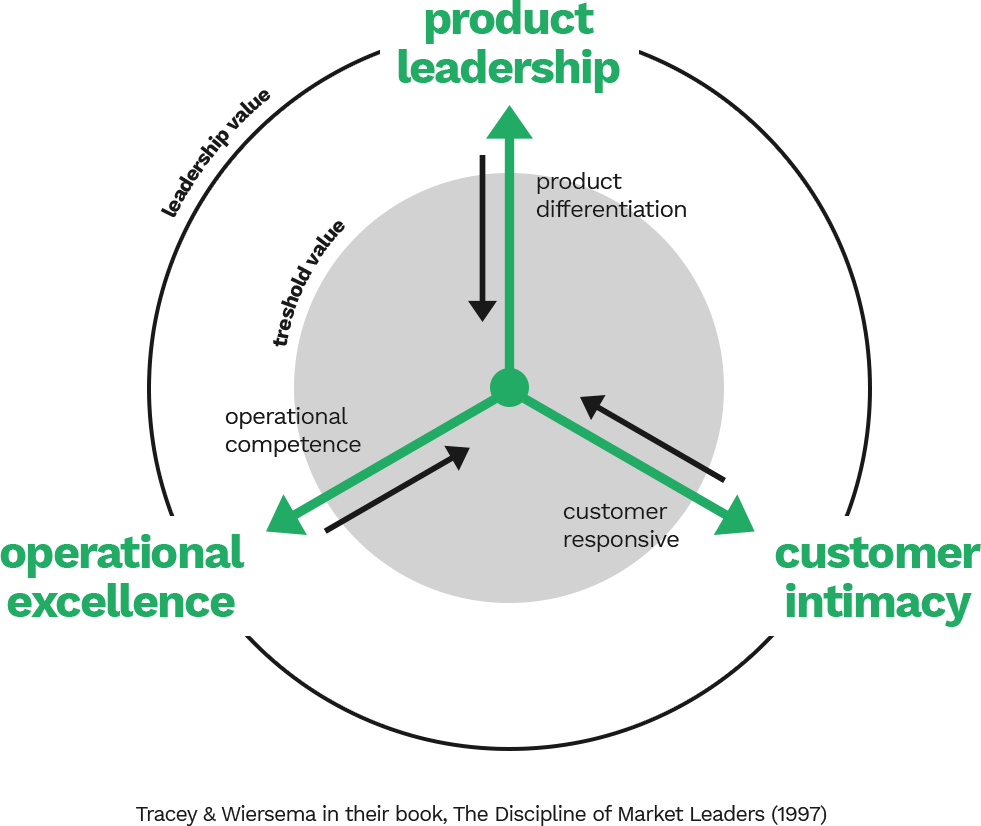Are you a B2B (Business to Business) company considering going direct with your communication to your end-users to boost sales? We have recently heard from some very diverse companies—like medical devices, wound care, pharma, food additives, and even chemical producers—that they are considering enhancing brand recognition and preference by engaging with end-users while maintaining their existing sales channels.
What’s interesting and ironic is that Disney Plus, a direct-to-consumer success story, can help B2B companies understand the potential benefits and drawbacks of this approach. Despite recent challenges, Disney Plus has seen remarkable growth, with over 164million subscribers worldwide in 2023. By 2024, they anticipate reaching 260 million subscribers, surpassing Netflix’s current 232 million count, despite 20 years less operating history than Netflix. And, 45% of Disney Plus users are under 18, which is incredibly promising for the future.
Disney Could Have Just Licensed Its Content to Existing Distribution Channels
Like many B2Bs who communicate to end users through captive or independent channels, Disney could have simply licensed their content to existing channels like Netflix and Amazon. This would have been low-risk and cost-effective. Instead, they chose to invest in their own platform, Disney Plus, to directly reach end-users.
This decision is like a wound care company selling a sophisticated product like negative pressure dressings, deciding to advertise directly to patients, and encourage them to request these highly specialized products from their doctors. Learning from Disney’s choices can guide us in determining if and when a direct-to-end-user investment like this is appropriate.
Two Considerations for B2Bs Considering Direct to End-User Investments
First, consider the shift in decision-making power within your industry. As information becomes readily available, patients or end-users often hold more influence than they have had in the past. Testing direct-to-end-user campaigns can help generate “pull-through” demand, a successful strategy employed by many pharmaceutical companies even in rare disease commercials like narcolepsy, for instance.
Second, assess your organization’s specialization. According to Treacy and Wiersema’s book “The Discipline of Market Leaders,” companies should focus on either being a leader in customer intimacy, product innovation, or operational excellence. Direct-to-end-user strategies are particularly advantageous for those prioritizing customer intimacy or product innovation.
B2B companies operating through distribution channels may lack control over this end-user experience and suffer diluted insights due to reliance on intermediaries. Establishing direct access to end-users, as Disney did, enables greater control, immediate feedback, improved user experiences, valuable data on messaging effectiveness, and the development of new products addressing emerging needs.
The Potential Downside of Direct-To-End User Strategies
Investing in a direct-to-end-user strategy typically involves new types of costs. Disney’s stock market performance suffered due to analysts’ expectations that they would license their content and not incur platform development expenses. But Disney seems undaunted, and Disney Plus’ long-term potential is undeniable, evident in its subscriber numbers.
Another potential risk is that your end-user communication might upset your existing distribution channel. They might think that you are planning to cut them out completely. But all of the B2B companies we’ve talked to are considering this strategy as a potential boost to their existing force. It’s a good idea to communicate this early and often to any captive or independent channel, showing them how it will improve their performance and compensation.
A final learning from this case is that valuable strategies can come from outside your industry. Lessons from consumer brands like Disney can provide valuable insights even to sophisticated B2B companies in fields like wound care. Exploring beyond competitors and adjacent industries may unveil strategies you would miss by only studying “apples to apples” case studies and best practice.
In conclusion, Disney Plus exemplifies how a direct-to-end-user approach can complement a sales force or channel strategy. B2B organizations should consider shifting decision-making power, organizational specialization, and the advantages of direct access to end-users. Though upfront costs may arise, the benefits of customer data, enhanced user experiences, and innovative product ideas make the investment worthwhile. Draw inspiration from unexpected sources and explore the possibilities of a direct-to-end-user strategy for your B2B organization.

 Tom Spitale
Tom Spitale

